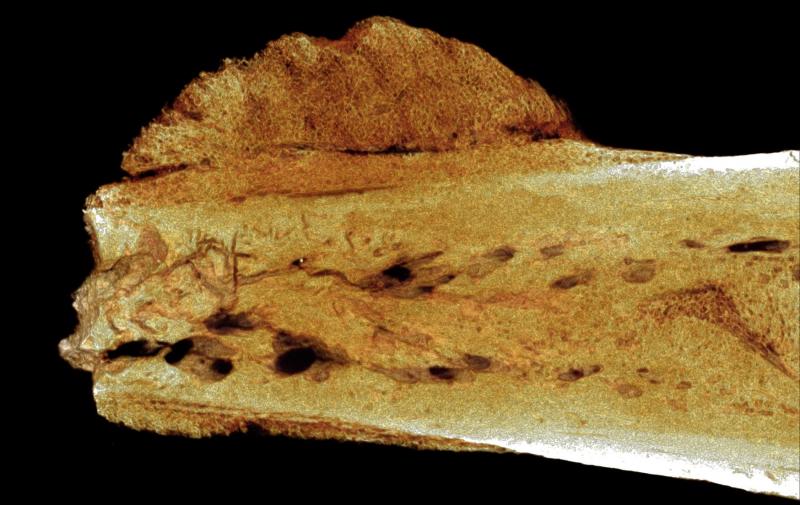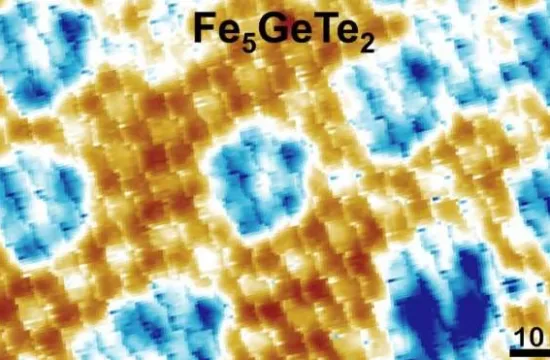
Although the underlying cause of cancer is not fully known, modern medicine indicates that the disease is likely caused by today’s environment and lifestyles — factors, like diet, obesity and smoking.
But a recent revelation suggests otherwise. Using 3-D imaging, scientists found that a fossilized foot bone, dating approximately 1.7 million years old, showed signs of osteosarcoma, an aggressive form of bone cancer. The fossil, located in South Africa, appears to have belonged to an ancient human.
The research was recently published in the South African Journal of Science.
“You can opt for the paleo diet, you can have as clean a living environment as you want, but the capacity for these diseases is ancient and it’s within us regardless of what you do to yourselves,” said study co-author Edward Odes of the University of the Witwatersrand, in a National Geographic article.
The fossilized foot bone, specifically the metatarsal that runs between the ankle and the smallest toe, wasoriginally excavated between 1960 and 1980 from the Swartkrans cave, of a World Heritage site in South Africa. But when two scientists at the Radiography and Tomography Section of the South African Nuclear Energy Corporation reexamined the bone with a method called micro-CT imaging they discovered a tumor on the bone was not benign, but malignant.







